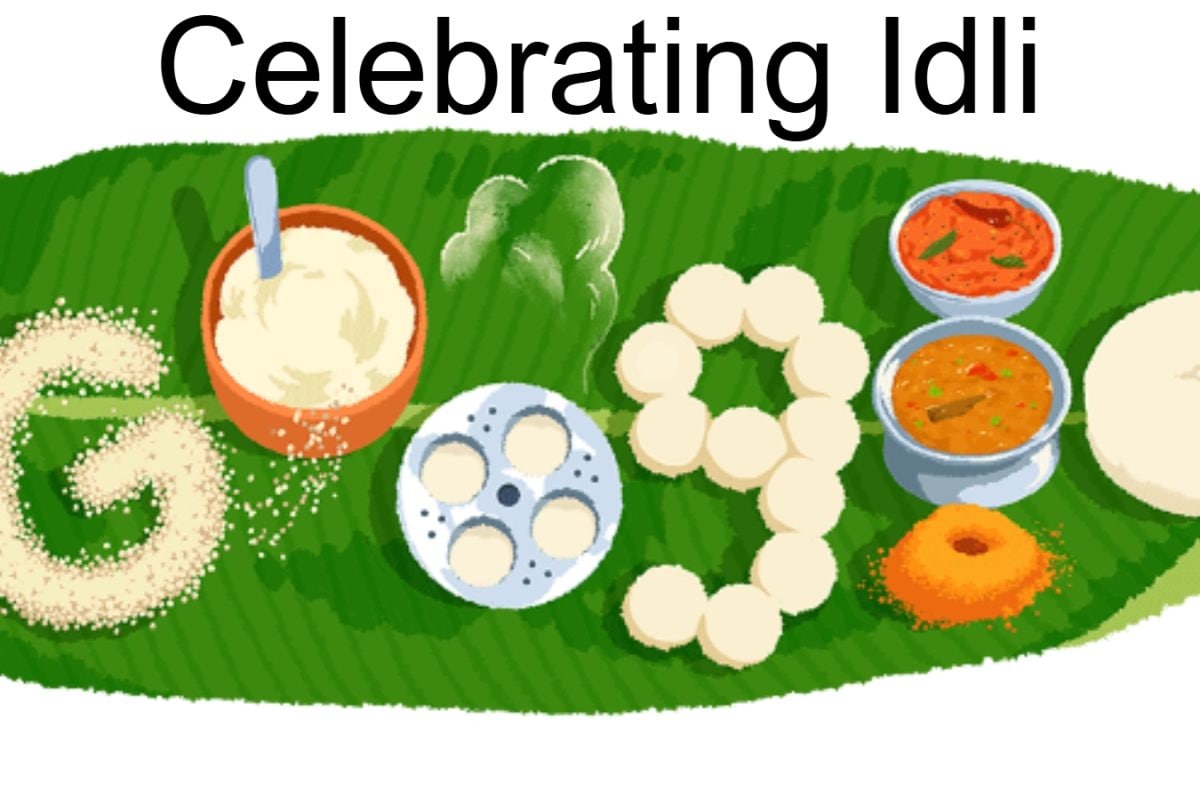Spice Route Exploration
Indian cuisine is a tapestry of regional flavors, each telling a unique story of history, geography, and culture. The spice trade profoundly shaped Indian cooking,
bringing in ingredients and culinary techniques from across the globe. The influence of Mughal emperors, with their sophisticated palates and love for rich, flavorful food, further enriched Indian gastronomy. The advent of the British introduced new ingredients and ways of cooking, creating a fascinating blend of traditions. Explore dishes like Biryani, a fragrant rice dish with meat or vegetables, showcasing Mughal influence, and Vindaloo, a spicy Goan curry, demonstrating the impact of Portuguese traders. The use of spices is not just about taste, but it also reflects the ancient Ayurvedic principles, where food is seen as a medicine, playing a crucial role in maintaining health and balance. Each region in India boasts its unique culinary style, offering an exciting array of dishes waiting to be explored.
Regional Culinary Highlights
India's vast geographical expanse gives rise to incredible regional variations in food. In the North, the cuisine is marked by rich, creamy gravies, tandoor-cooked meats, and the use of dairy products. Dishes like Butter Chicken and Palak Paneer are quintessential examples, offering warmth and comforting flavors. Moving to the East, the emphasis shifts to seafood, rice, and subtle spicing. The Bengalis are famous for their fish curries, while the Northeastern states provide a vibrant array of unique dishes using local ingredients. The West Coast offers a delightful blend of seafood, coconut, and spicy curries. Goan cuisine, influenced by Portuguese flavors, features dishes like Vindaloo and Sorpotel. The South of India showcases a diverse range of vegetarian and non-vegetarian dishes, with a heavy reliance on rice, lentils, and spices. Dosa, idli, and sambar exemplify the South's culinary prowess. From the fiery curries of Andhra Pradesh to the delicate flavors of Kerala, the regional culinary diversity in India is a true feast for the senses.
Key Cooking Techniques
Several cooking techniques are fundamental to creating authentic Indian dishes. Tandoori cooking, using a clay oven, gives meats and vegetables a smoky flavor. Grilling, a common method, is used to prepare various kebabs and skewers. The use of 'tadka', or tempering spices in hot oil, is a crucial step in many dishes, as it releases the flavors and aromas of the spices. The process of making curries involves sautéing aromatic spices in oil or ghee, followed by the addition of vegetables, meat, or lentils, and then simmering until the ingredients meld perfectly. Fermentation is important for making traditional foods like idli and dosa. The use of fresh herbs like coriander, mint, and curry leaves adds a finishing touch to the dishes. Each technique is essential in imparting distinctive taste profiles, contributing to the authenticity and flavor of Indian cuisine. Learning these techniques is essential to mastering the art of Indian cooking and unlocking the secrets of its delectable flavors.
Iconic Indian Dishes
India boasts an impressive array of dishes that have gained international acclaim. Biryani, a rice dish with meat or vegetables, is cooked with aromatic spices. Butter chicken, a North Indian classic, blends succulent chicken with a creamy tomato-based sauce. Dosas, thin pancakes from South India, are made from fermented rice and lentil batter and served with flavorful fillings and chutneys. Samosas, deep-fried pastries filled with spiced potatoes and peas, are a popular snack. Chole Bhature, a popular North Indian dish, is made of a spicy chickpea curry served with deep-fried bread. The variety of Indian sweets, from Gulab Jamun to Rasgulla, adds a delightful touch to the meal. Exploring these iconic dishes provides an excellent introduction to the vast spectrum of Indian flavors and offers insight into India’s rich culinary heritage.
Pairing and Dining Customs
The art of pairing food with the right beverages is vital for enhancing the Indian dining experience. Lassi, a yogurt-based drink, complements the richness of many dishes. Tea, a beverage enjoyed throughout India, offers a soothing contrast to spicy food. Meals are typically served on a large platter, often including rice, flatbreads like roti or naan, vegetables, curries, and chutneys. Eating with hands is a common tradition, as it is considered a direct way to connect with the food and appreciate the textures and flavors. Dining customs vary across regions, reflecting cultural diversity. Sitting on the floor while eating from a shared plate is a communal experience. Understanding the context of the meal, from the preparation to the setting and the company, enhances the enjoyment of the food. It is through these shared experiences that the appreciation for Indian cuisine continues to flourish.

